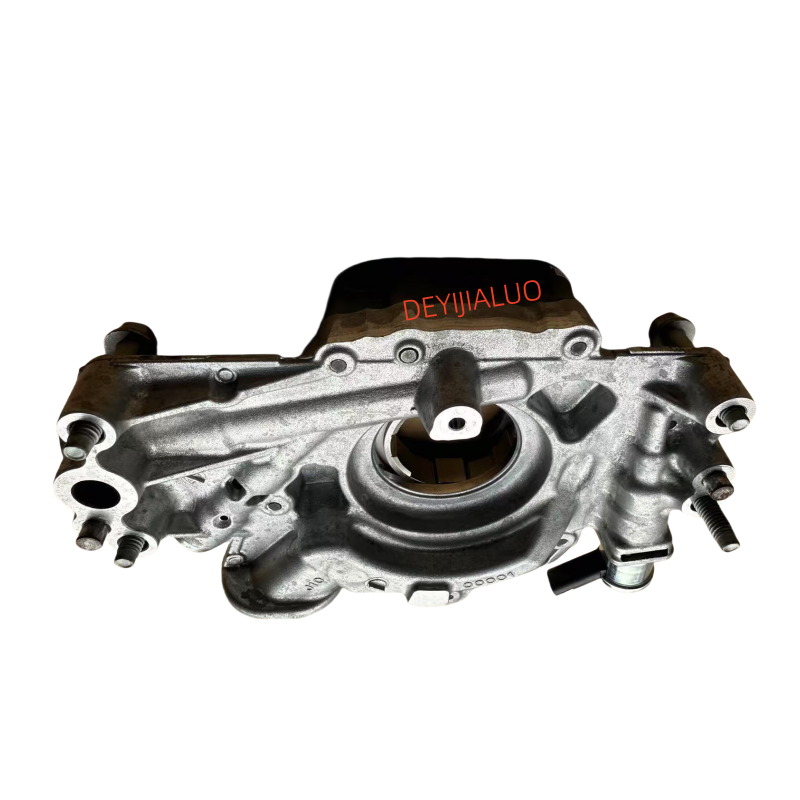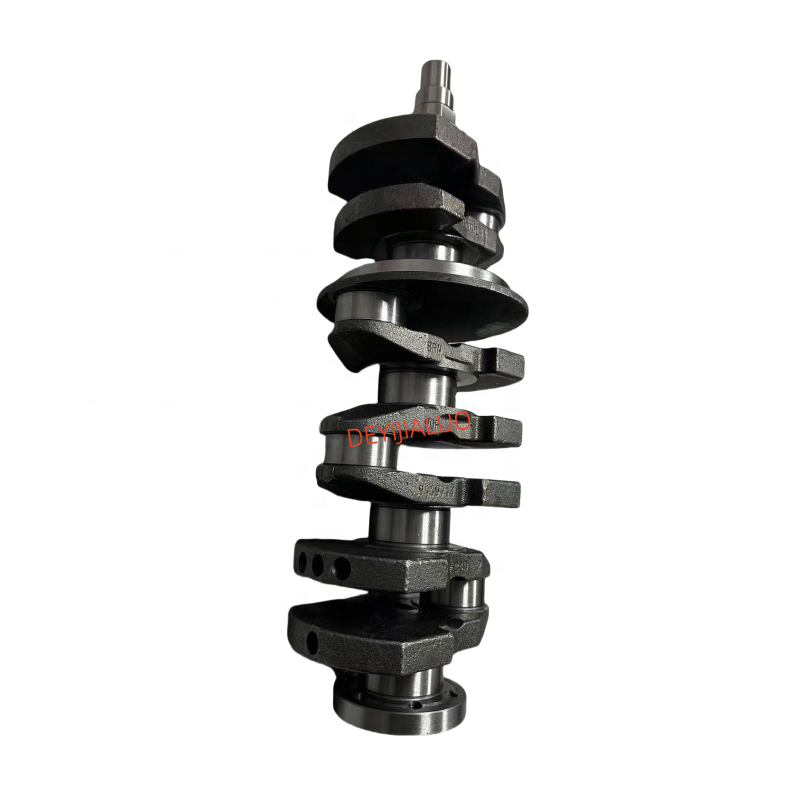Warehouse 9, North Yard, No. 78, Xiushui Street, Langfang, Hebei, China
Understanding Gearboxes: The Heart of Automotive Transmission Systems
Gearboxes are a vital component of automotive transmission systems, serving as the mechanism that transmits power from the engine to the wheels, allowing a vehicle to move efficiently. The primary function of a gearbox is to manage the torque and speed of the engine output, ensuring that the vehicle operates smoothly under various driving conditions. Without a properly functioning gearbox, a vehic
Sep 11,2025
At the core of a gearbox is the gear train, which consists of multiple gears of varying sizes. These gears work together to increase torque while decreasing speed or to increase speed while decreasing torque, depending on the driving requirements. For instance, when starting from a complete stop, a vehicle requires high torque, which is achieved by engaging lower gears. As the vehicle accelerates, the gearbox shifts to higher gears, allowing for greater speed with lower torque.
There are several types of gearboxes, including manual, automatic, and continuously variable transmissions (CVTs). Manual gearboxes require the driver to shift gears manually, providing greater control but demanding more skill. In contrast, automatic gearboxes shift gears on behalf of the driver, using hydraulic systems and sensors to determine the optimal timing for gear changes. CVTs offer a more seamless driving experience by allowing an infinite range of gear ratios, adjusting continuously based on the vehicle's speed and load.
The design and materials used in gearboxes significantly affect their performance and durability. Modern gearboxes are constructed from high-strength alloys and precision-engineered components, allowing them to withstand the rigors of daily use. Regular maintenance, including fluid changes and inspections, is crucial to ensure that the gearbox operates efficiently and has a long service life.
In addition to their functional importance, gearboxes also have a significant impact on fuel efficiency and emissions. A well-designed gearbox can help optimize engine performance, leading to better fuel economy and lower emissions. This is especially relevant as the automotive industry shifts towards more environmentally friendly technologies and regulations.
In conclusion, understanding the role of gearboxes in automotive transmission systems is essential for anyone involved in the industry. Their intricate design and functionality are key to ensuring vehicles operate efficiently and effectively, making them a cornerstone of automotive engineering. Whether you’re a professional in the field or a car enthusiast, gaining insights into gearboxes can enhance your appreciation of how vehicles work and the technology behind them.
Hot Tags:
Contact Us
E-mail:
1534064519@qq.com
Phone/WhatsApp:
08613910643826
Address:Warehouse 9, North Yard, No. 78, Xiushui Street, Langfang, Hebei, China






